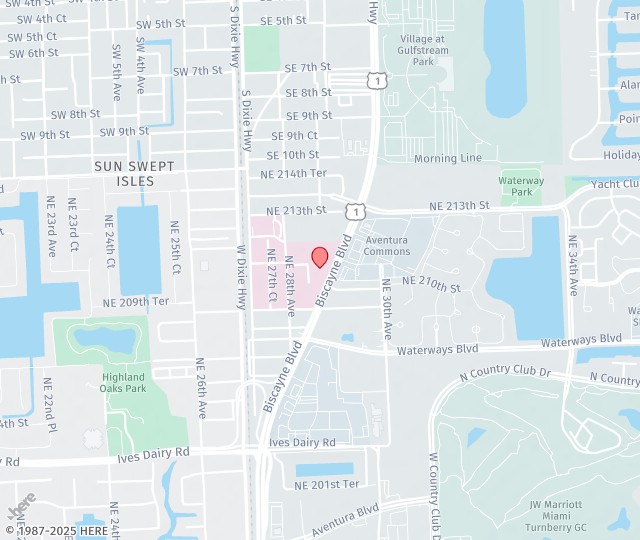Otoplasty, also known as ear pinning surgery, reshapes and repositions the ears back closer to the scalp to give a more natural appearance. Ear deformities can have early emotional and social impact on young children as they are being bullied at school. Many adults, however, are also self-conscious about the appearance of their ears. Otoplasty can help restore self confidence and create a more natural look to the ears.
Otoplasty Procedure Details
The surgery is performed under general anesthesia in children and most adults. There are a few cases where this can be done under local anesthesia in adults. The incisions are behind the ears. The cartilage is reshaped. Deep permanent internal sutures are placed to keep the cartilage in shape. The incisions are then closed with absorbable sutures. Excess skin might need to be trimmed.
Ear Surgery Recovery
The surgery is an outpatient surgery. You go home on the same day. The dressing from the operating room is kept in place for a few days. The dressing will be changed in the office. Once the dressings are removed, you need to avoid sleeping on your side and compressing the ears. A headband will need to be worn at night for about 8 weeks while sleeping. The sensation of your ear will be decreased after surgery and it will take time to come back. It’s very rare that you’ll have permanent loss of sensation to the ears.
What are the complications?
As with any surgery, there is risk of bleeding, infection, hematoma, fluid collection, tissue necrosis, open wound, contour deformity, scarring, asymmetry, decrease or no sensation in the surgical area, and need for further surgery. Higher risk of wound complications are seen in patients who have wound healing problems including uncontrolled diabetes and smoker/vapers using nicotine products. It’s essential to have your diabetes controlled and stop using nicotine products before and after surgery. Otherwise, your risk of skin and tissue necrosis and open wound is extremely high that surgery should not be pursued. There is also a risk of asymmetry of the ears after they heal. The scar can be sensitive early on, but it’s rare that the scar remains sensitive after appropriately scar management and healing.
REQUEST A CONSULTATION
Please use this form for general information purposes only. DO NOT send personal health information through this form. Specific patient care must be addressed during your appointment.
Please complete the following form to request an appointment. Please also note that availability will vary depending on your request. Your appointment will be confirmed by phone by a member of our staff. Thank you!


